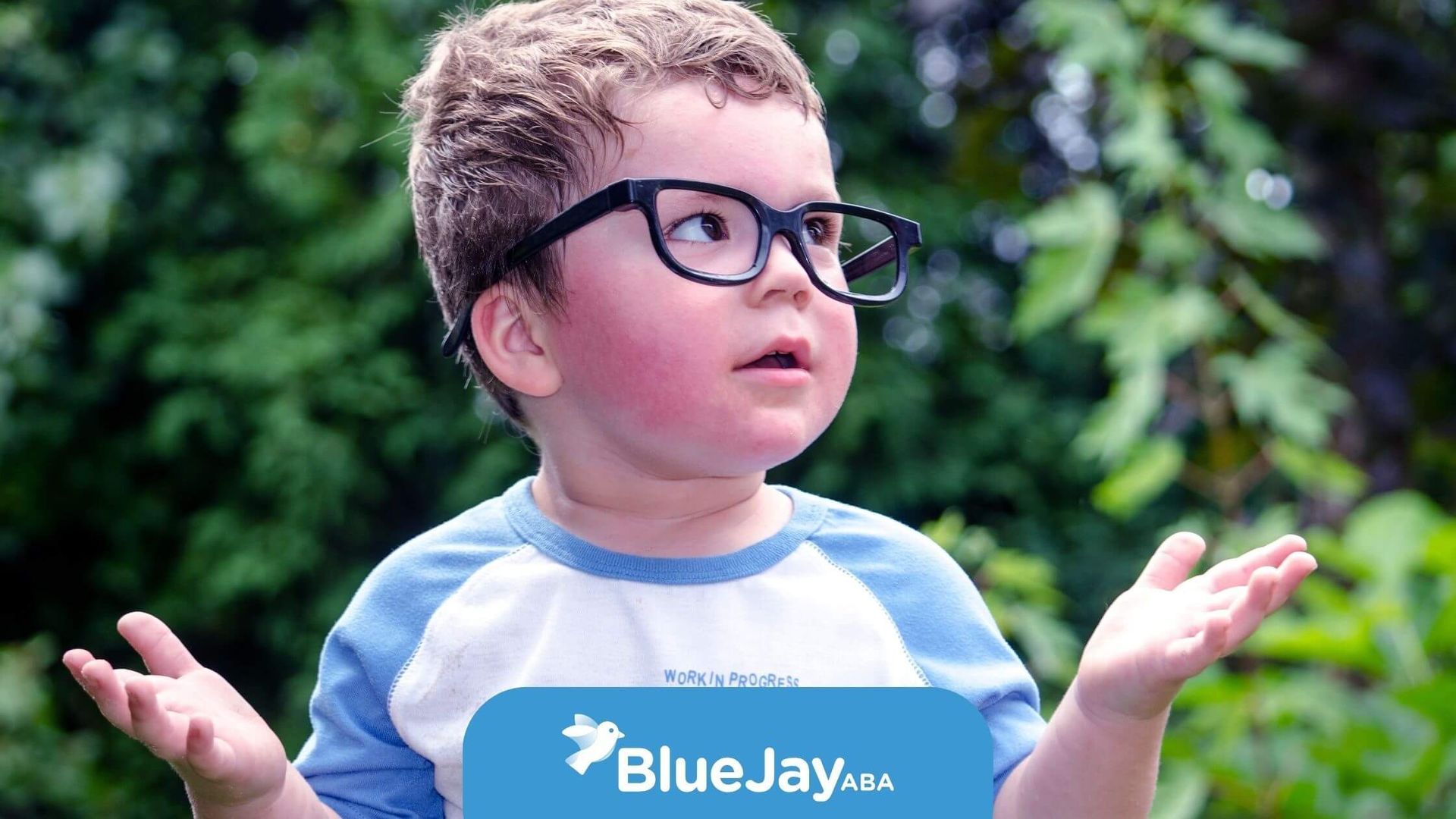Understanding Autism Testing Methods
Navigating the world of autism spectrum disorder (ASD) can feel overwhelming, especially for those new to its complexities. Understanding this neurodevelopmental disorder requires us to acknowledge its impact on social interaction, communication, and behavior. This blog post aims to shed light on the various autism testing methods used to identify and diagnose ASD, emphasizing the profound importance of early intervention for providing tailored support and resources.
The Basics of Autism Spectrum Disorder (ASD)
Autism Spectrum Disorder (ASD) encompasses a range of conditions characterized by challenges with social skills, repetitive behaviors, and nonverbal communication. To assess ASD, healthcare professionals utilize specialized diagnostic tools such as the Autism Diagnostic Observation Schedule (ADOS) and the Autism Diagnostic Interview (ADI). These evaluations involve observing the child's behavior, social interaction, language skills, and developmental milestones. Early diagnosis is crucial for timely intervention and support to improve outcomes for individuals with ASD.
What is Autism Spectrum Disorder?
Autism spectrum disorder is a complex neurodevelopmental disorder that affects how people interact with the world around them. It is characterized by persistent challenges in social communication and interaction, alongside restricted, repetitive patterns of behavior, interests, or activities. These characteristics are present from early childhood and can impact an individual's ability to function in various aspects of life.
The severity of autism spectrum disorder varies widely. Some individuals may experience mild difficulties, while others may need substantial support to navigate daily tasks. Regardless of the severity level, early diagnosis and intervention are crucial for maximizing an individual's potential.
A developmental pediatrician or a qualified professional specializing in autism spectrum disorder can provide a diagnosis. This diagnosis is typically based on observing the individual's behavior, developmental history, and reports from parents or caregivers. It is important to remember that there is no single test for autism spectrum disorder, and a comprehensive evaluation is necessary to meet diagnostic criteria.
Signs and Symptoms of ASD
Understanding the signs and symptoms of ASD can be important for parents, caregivers, and educators. Common indicators in early childhood include difficulties with social communication, such as responding to their name, making eye contact, or engaging in back-and-forth conversations.
Children with ASD may also exhibit repetitive behaviors like flapping their hands, rocking back and forth, or repeating phrases. These behaviors can serve various purposes, such as self-soothing, sensory seeking, or communicating needs.
It's important to note that these signs and symptoms can manifest differently in each child. Early identification of potential ASD traits allows for timely interventions, which can significantly improve a child's social communication skills and overall well-being. Consulting with a healthcare professional for a proper assessment is essential if any concerns arise.
Initial Steps in Autism Testing
When concerns about a child's development surface, a structured approach to assessment is essential, typically, this journey begins with a screening process, often conducted by pediatricians or healthcare providers. Screening tools, often questionnaires or checklists, help identify children who may benefit from a more comprehensive evaluation.
Following a positive screening result, a referral to specialists specializing in autism spectrum disorder is recommended. These professionals, often developmental pediatricians, psychologists, or psychiatrists, will conduct a more thorough assessment to determine the presence and extent of ASD.
Importance of Early Detection
Early diagnosis is paramount in addressing autism spectrum disorder effectively. The sooner a child receives an autism diagnosis, the faster they can access interventions and therapies tailored to their specific needs. This early intervention during the crucial developmental stages of early childhood can make a significant difference in their social, communication, and behavioral outcomes.
Early diagnosis also empowers parents and caregivers with knowledge and understanding. It allows them to make informed decisions about their child's care, seek appropriate support services, and connect with other families navigating similar journeys.
Timely intervention not only improves the lives of children with ASD but also positively impacts families, educators, and communities. It fosters inclusivity, understanding, and a supportive environment for individuals on the spectrum to thrive and reach their full potential.
Screening Tools and Checklists for Parents
Various screening tools are available to aid parents and healthcare providers in identifying potential signs of ASD in young children. These tools are designed to assess a child's development and flag any areas of concern that may warrant further evaluation by a specialist.
Commonly used screening tools include:
- Modified Checklist for Autism in Toddlers (M-CHAT): This widely used questionnaire focuses on early social and communication behaviors.
- Ages and Stages Questionnaire (ASQ): This comprehensive screening tool evaluates various developmental milestones, including communication, social skills, and motor skills.
- Childhood Autism Rating Scale (CARS): This observational tool is often employed by professionals to assess a child's behavior and communication patterns for potential signs of ASD.
While these screening tools are valuable for initial assessment, it is crucial to remember that they do not provide a definitive diagnosis. If a screening tool indicates possible ASD traits, a comprehensive evaluation with a qualified professional is essential to determine the appropriate course of action.
Comprehensive Diagnostic Assessments for Autism
Moving beyond screening, a deeper understanding of a potential autism diagnosis requires a comprehensive evaluation. This multi-faceted assessment involves gathering information from multiple sources, relying not just on standardized tests but on a holistic approach.
This often involves observations of the child in different settings, interviews with parents or caregivers about the child's developmental history and concerns, and the use of specific diagnostic tools to assess the child's communication skills, social interaction, and behaviors.
Role of Multidisciplinary Teams
A cornerstone of comprehensive autism assessment lies in the collaboration of a multidisciplinary team, each member contributing their unique expertise. This team may include professionals like developmental pediatricians, child psychologists, speech-language pathologists, and occupational therapists, among others.
The child psychologist plays a crucial role in assessing cognitive abilities and evaluating social-emotional development, while the speech-language pathologist focuses on analyzing verbal and nonverbal communication skills. Conversely, the occupational therapist focuses on sensory processing, motor skills, and daily living activities.
By integrating their diverse perspectives, the multidisciplinary team can meticulously evaluate a child's strengths and challenges, ensuring a comprehensive understanding of their needs. This collaborative approach enables the development of a tailored intervention plan that best supports the individual's overall development.
Key Components of a Thorough Evaluation
A comprehensive evaluation for autism transcends a singular test or observation. Instead, it's a multi-pronged approach that delves into a child's developmental history and current abilities. One of the crucial elements is a structured interview with the child's parents, gathering detailed information about developmental milestones, behavioral patterns, and any concerns they might have.
Direct observation of the child, often in a play-based setting, allows clinicians to assess their social interactions, communication styles, and play skills. This provides invaluable insights into their behavior in natural settings, complementing information gathered from other assessment tools.
Standardized tests, such as the Autism Diagnostic Observation Schedule (ADOS) and the Autism Diagnostic Interview-Revised (ADI-R), are also employed to systematically evaluate social communication, interaction patterns, and restricted or repetitive behaviors. These tests, administered by trained professionals, contribute to a comprehensive understanding of the child's profile.
Specific Tests Used in Autism Diagnosis
Professionals rely on a range of standardized tests specifically designed for autism assessment, providing a framework for objective evaluation. These tests, such as the Autism Diagnostic Observation Schedule (ADOS) and the Autism Diagnostic Interview-Revised (ADI-R), are widely recognized for their ability to identify core autistic traits.
While the ADOS focuses on observing social interaction, communication, and play behaviors, the ADI-R gathers information from caregivers about the child's developmental history and current behaviors. This dual approach, combining observation with developmental history, strengthens the diagnostic process and ensures a thorough understanding of the child's needs.
Behavioral Assessments and Observations
Behavioral assessments and observations form a cornerstone of autism diagnosis, offering valuable insights into a child's unique challenges and strengths. Trained professionals carefully observe the child's behavior in different contexts, paying close attention to social interaction, communication, and play patterns.
Tools such as the Gilliam Autism Rating Scale (GARS) may be employed to quantify and standardize behavioral observations, aiding in the diagnosis and assessment of the severity of autistic traits. These scales often encompass a spectrum of behaviors, including social reciprocity, communication skills, sensory sensitivities, and repetitive behaviors.
Observing the child's response to sensory stimuli, social cues, and changes in routine provides a deeper understanding of their behavioral patterns. This information helps clinicians distinguish between behaviors typical for their developmental stage and those indicative of autism, guiding the development of individualized intervention strategies.
Communication and Language Evaluations
Assessing communication and language abilities is essential during an autism evaluation, as delays or differences in these areas are hallmark characteristics of the disorder. Trained professionals, including speech-language pathologists, conduct thorough evaluations to determine a child's language skills relative to their developmental stage.
These evaluations explore various aspects of language, including receptive language (understanding spoken words), expressive language (using words and sentences), and pragmatic language (using language appropriately in social contexts). Standardized tests, alongside informal assessments, contribute to a comprehensive picture of a child's language abilities.
Understanding a child's unique communication profile allows for the development of targeted interventions that address specific challenges. These interventions may involve speech therapy, augmentative and alternative communication methods, and social skills training, ultimately supporting the child in reaching their full communication potential.
Conclusion
In conclusion, early detection and understanding of autism spectrum disorder are crucial for effective intervention and support. By recognizing the signs and symptoms, utilizing screening tools, and seeking comprehensive diagnostic assessments, individuals with ASD can receive tailored care and resources.
Through a collaborative approach involving multidisciplinary teams and specific tests, accurate diagnoses can be made, leading to personalized treatment plans. If you suspect autism in yourself or a loved one, it's important to consult healthcare professionals for guidance and support. Remember, timely identification and intervention can significantly improve outcomes for individuals with autism.
At Blue Jay ABA, we believe that accurate autism testing is the first step toward providing effective, personalized care. Understanding the right testing methods is essential for diagnosing autism and developing a tailored ABA therapy plan that addresses your child's specific needs. Our experienced team works with families to guide them through the testing process, ensuring they receive the support and interventions needed to foster growth and development.
Ready to explore how ABA therapy can make a difference for your child? Contact Blue Jay ABA today to learn more!
Frequently Asked Questions
At what age can autism be reliably diagnosed?
While signs of autism can sometimes be detected in very young children, a reliable diagnosis is often possible around 18 months to 2 years old. Early diagnosis by a developmental pediatrician is crucial for accessing early intervention services and support.
Can autism be detected in a genetic test?
Currently, there's no single blood test or genetic test for autism. While genetic testing may identify some genetic markers associated with a higher likelihood of autism, it's not a primary diagnostic tool and shouldn't be solely relied upon for an autism diagnosis.
How do sensory processing issues relate to autism?
Sensory processing issues, such as over-sensitivity or under-sensitivity to sounds, textures, or light, are common in individuals on the autism spectrum. While not a diagnostic criteria in itself, these challenges can significantly impact social skills and contribute to repetitive patterns of behavior.
What are the next steps after receiving an autism diagnosis?
After receiving an autism diagnosis, connecting with your primary care provider and specialists like occupational therapists or speech therapists is crucial. Based on the comprehensive evaluation, they can recommend appropriate early intervention programs, therapies, and follow-up care tailored to your child's needs.
Sources:
- https://www.nimh.nih.gov/health/topics/autism-spectrum-disorders-asd
- https://www.research.chop.edu/car-autism-roadmap/autism-diagnostic-interview-revised-adi-r
- https://bedslutonchildrenshealth.nhs.uk/neurodiversity-support/neurodevelopmental-assessment-and-diagnosis-process/autism-diagnostic-observation-schedule-ados-assessment/
- https://www.cdc.gov/autism/signs-symptoms/
- https://www.autismspeaks.org/screen-your-child
- https://agesandstages.com/products-pricing/asq3/
- https://special-learning.com/childhood-autism-rating-scale/
- https://www.autismparentingmagazine.com/gilliam-autism-rating-scale/
Related Posts






